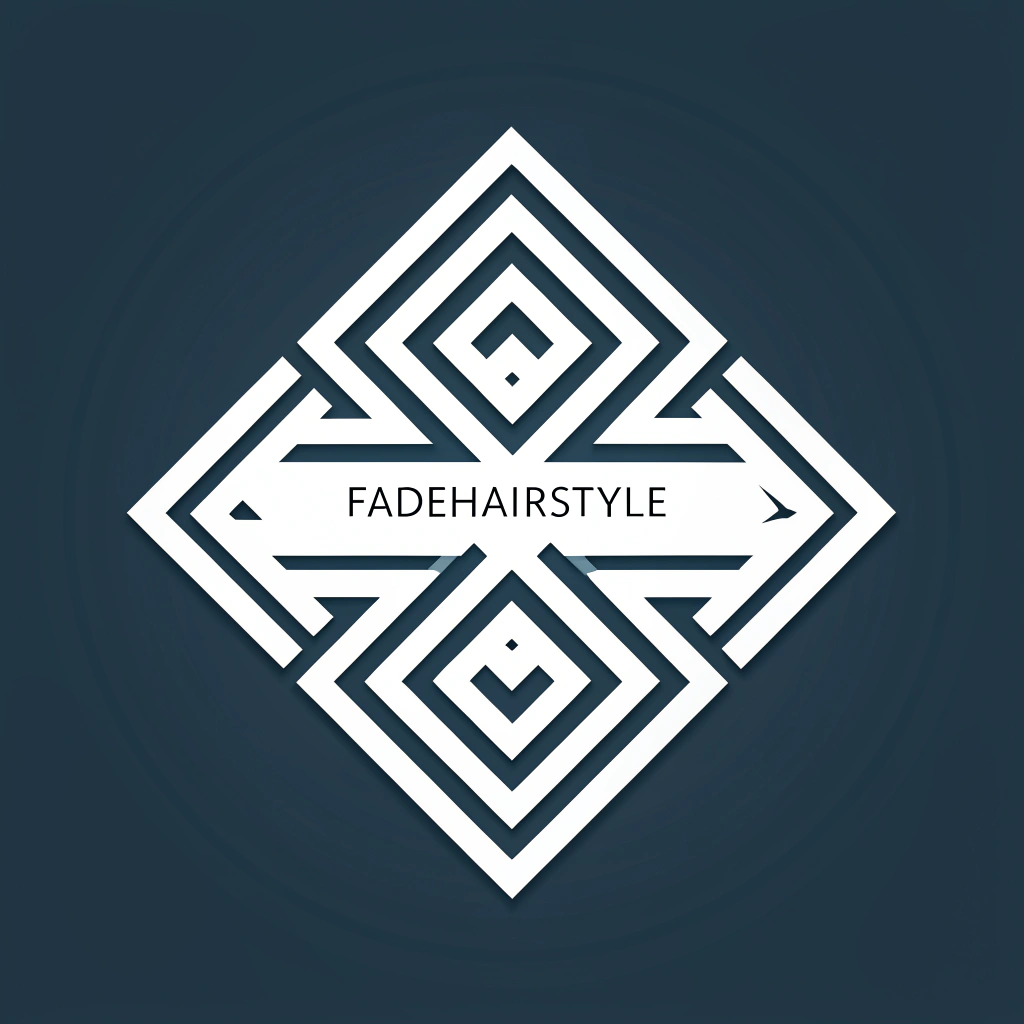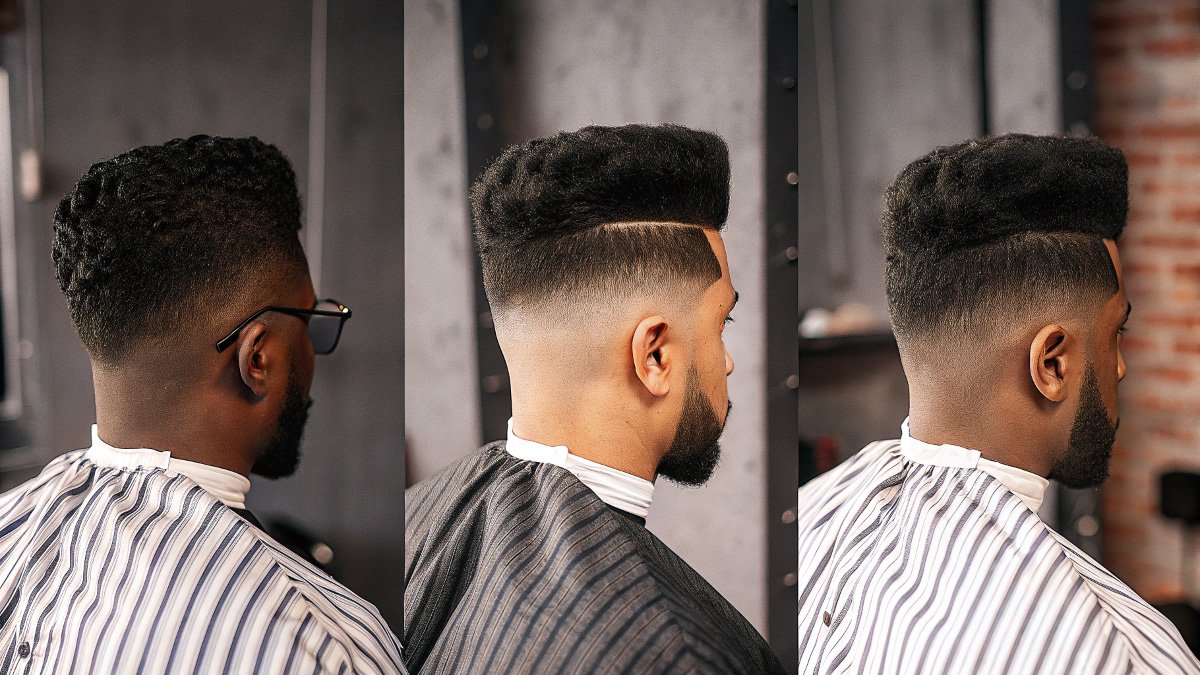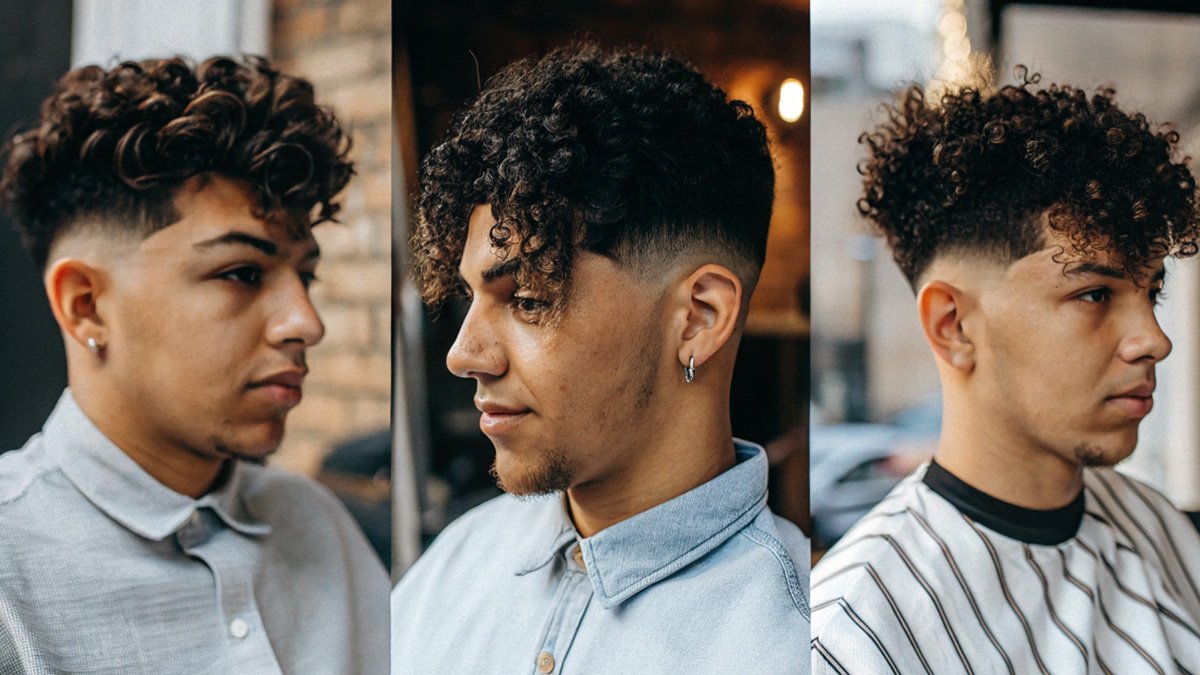The mullet fade represents a revolutionary approach to classic hair styling. This cut combines short sides with longer top and back sections. The result creates a dynamic look that works for professional settings and casual occasions.
Modern barbershops report increased requests for this versatile style. The cut adapts to different face shapes and hair textures. Young professionals and creative individuals embrace this trend for its bold yet refined appearance.
Understanding the Mullet Fade Evolution
Social media platforms transformed how people view this hairstyle. Instagram and TikTok showcased fresh interpretations that attracted millions of viewers. Professional athletes and musicians adopted the style, creating widespread popularity.
The original design from the 1980s featured dramatic length differences. Current versions emphasize subtle transitions and professional appeal. Skilled barbers now create seamless blends between short and long sections.
Fashion experts credit Gen Z for reviving this classic cut. They adapted traditional elements to match contemporary styling preferences. The result combines vintage appeal with current hair trends.
25 Mullet Fade Styles You Need to Know
Each variation offers unique benefits for different lifestyles and preferences. Professional settings require subtle approaches, while creative environments allow bold expressions. Consider your daily routine when selecting your ideal style.
1. Classic Modern Mullet Fade
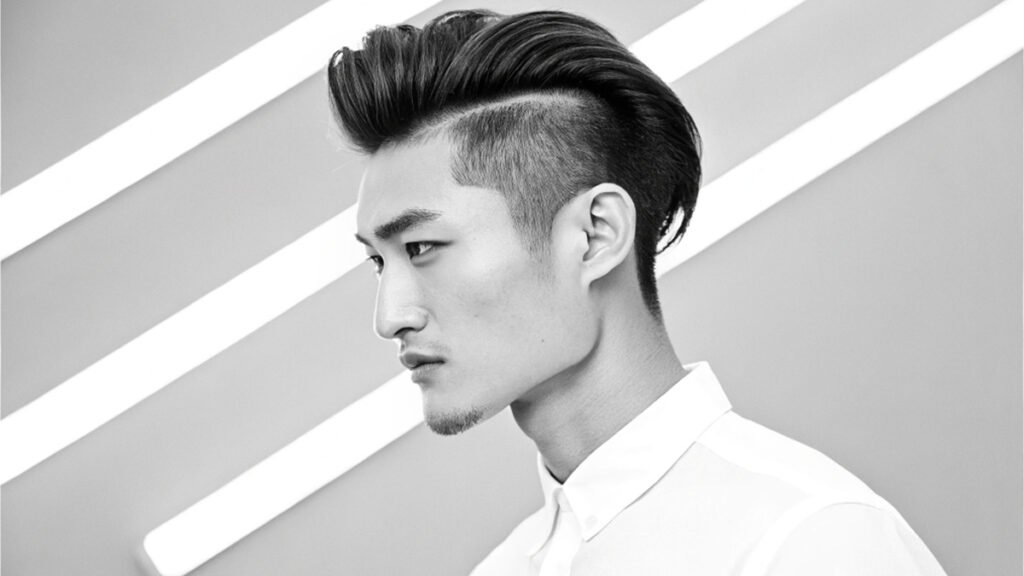
This foundational style maintains medium length on top with clean side fades. The back section flows naturally without extreme length differences. Professional environments welcome this understated approach.
The cut works best with straight to slightly wavy hair textures. Oval and square face shapes benefit most from this balanced design. Daily styling requires minimal effort and basic products.
Styling Requirements:
- Light-hold pomade for daily use
- Regular brushing to maintain shape
- Trim every three weeks for optimal appearance
2. Textured Crop Mullet Fade
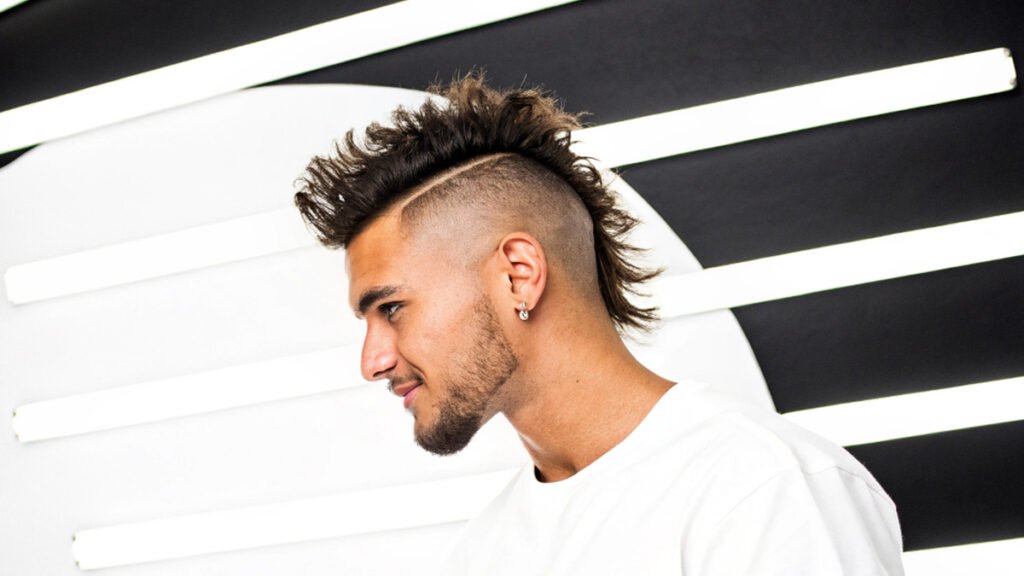
Advanced cutting techniques create distinctive texture throughout the top section. Barbers use point-cutting methods to achieve natural movement. The contrast between textured top and smooth sides creates visual interest.
Thick hair types showcase this style effectively. Strong facial features complement the bold texture patterns. Creative professionals often choose this dynamic option.
Maintenance Schedule:
- Weekly texture refresh styling
- Monthly professional trimming
- Daily texturizing product application
3. High Fade Mullet
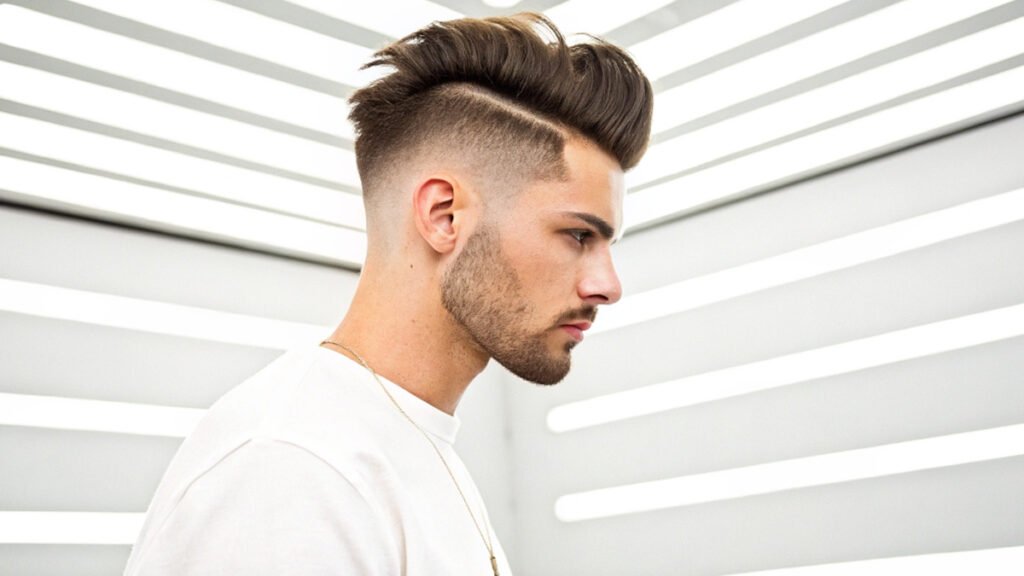
Sharp contrast defines this dramatic style choice. The fade begins high on the sides, creating maximum visual impact. The transition from short to long happens quickly and decisively.
Defined cheekbones and strong jawlines benefit from this bold approach. The high contrast emphasizes facial structure. Confident individuals appreciate the attention this style generates.
Product Recommendations:
- Strong-hold styling cream
- Precision trimming every two weeks
- Heat protectant for blow-drying
4. Low Fade Mullet
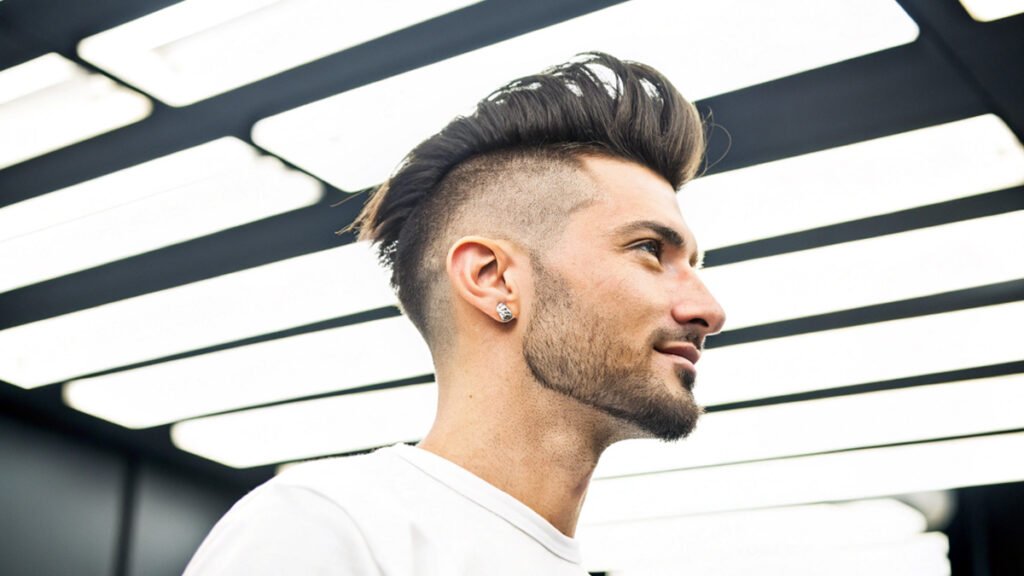
Subtle transitions characterize this professional-friendly option. The fade starts low near the ears, creating gentle blending. Conservative workplaces accept this refined interpretation.
First-time mullet wearers often begin with this style. Softer facial features pair well with the gentle fade pattern. The versatile design suits various occasions.
Care Instructions:
- Gentle shampoo to preserve fade lines
- Conditioning treatments for longer sections
- Professional touch-ups every four weeks
5. Burst Fade Mullet
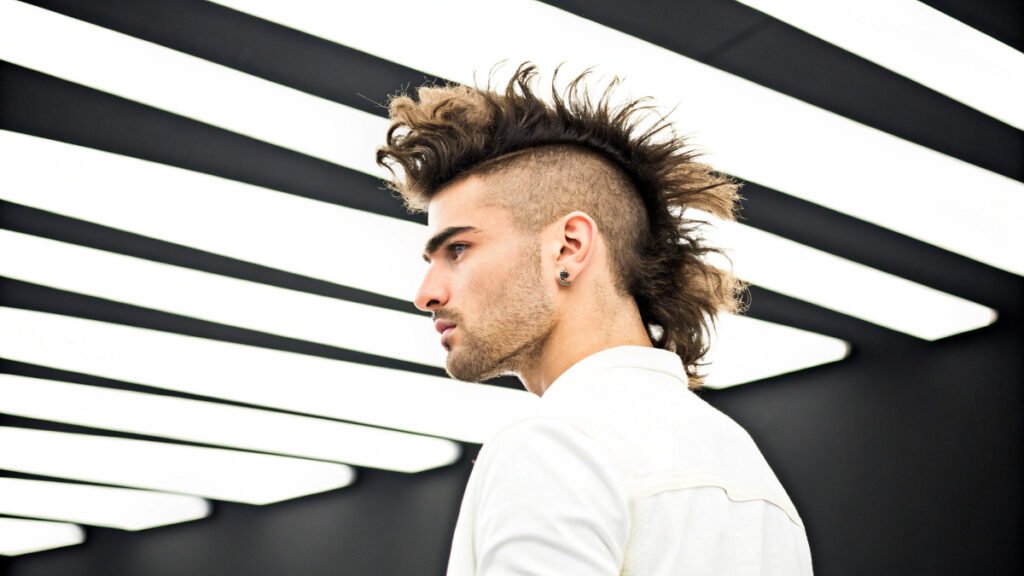
Unique radiating patterns distinguish this creative style. The fade spreads outward from behind the ears in curved lines. This technique maintains volume while creating artistic flair.
The burst pattern adds perceived height to round face shapes. Customizable fade directions allow personal expression. Advanced barbers execute this complex cutting technique.
Technical Details:
- Requires skilled barber execution
- Six-week maintenance intervals
- Specialized clipper techniques needed
6. Curly Mullet Fade
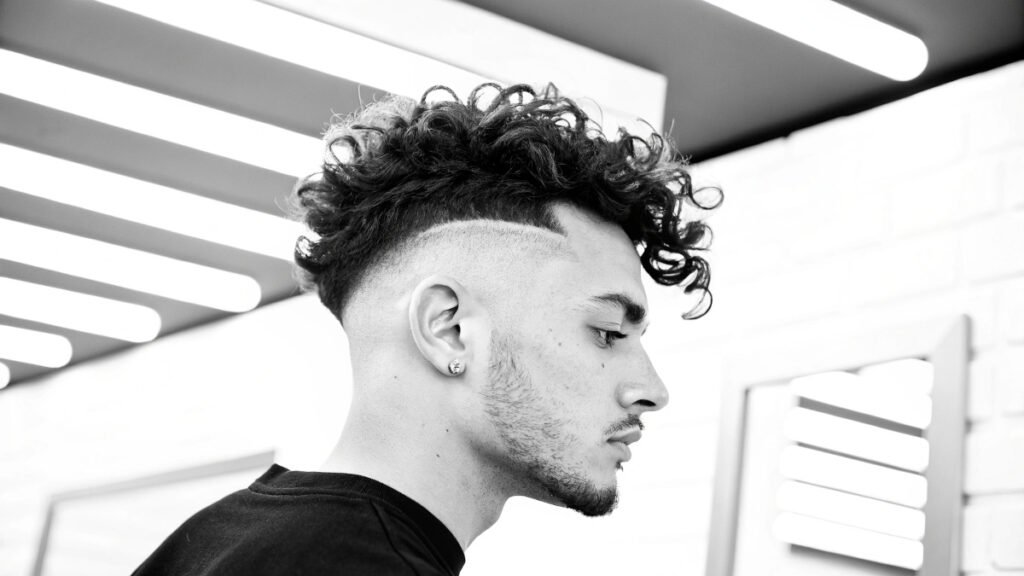
Natural curl patterns become the focal point of this design. Clean-faded sides highlight the textural contrast. Curly hair owners embrace their natural texture while staying current.
Wavy to tightly curled hair works best with this approach. The fade prevents overwhelming volume on the sides. Natural texture requires specific care routines.
Curl Care Essentials:
- Sulfate-free cleansing products
- Leave-in conditioner for moisture
- Diffuser attachment for drying
7. Asymmetrical Mullet Fade
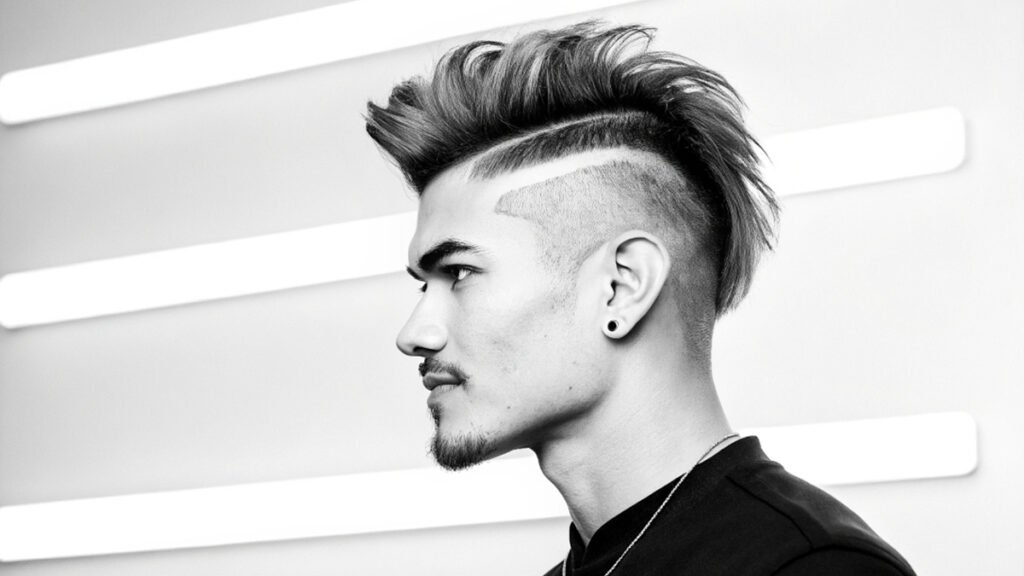
Creative individuals express themselves through uneven length distributions. One side features different cutting patterns than the other. This artistic approach breaks traditional styling rules.
Artists, designers, and creative professionals gravitate toward this unique option. The asymmetry creates visual movement and interest. Customization options remain virtually unlimited.
Design Considerations:
- Personal style preferences determine asymmetry level
- Face shape influences optimal side variations
- Professional consultation recommended for planning
8. Taper Fade Mullet
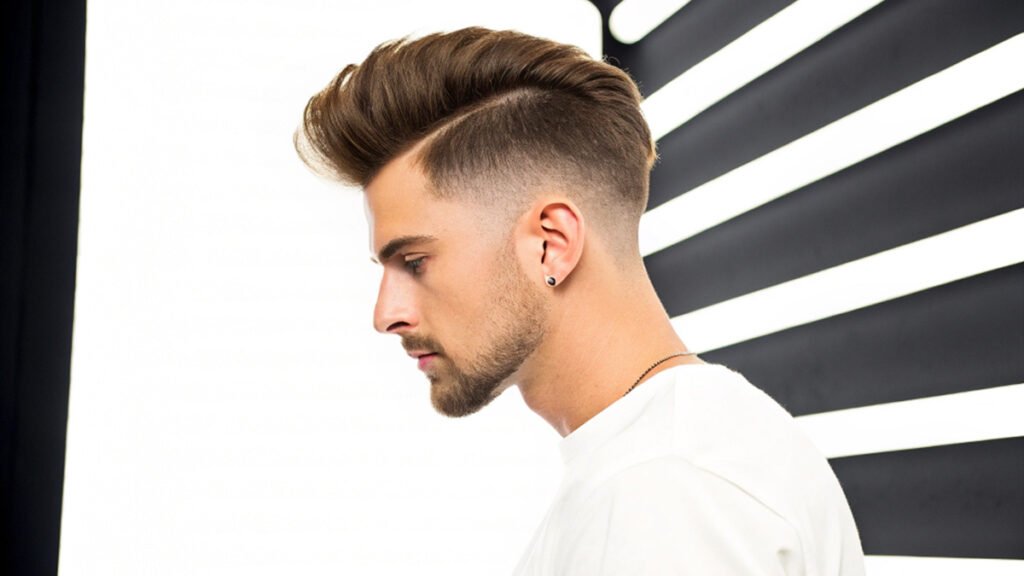
Smooth gradual transitions define this refined approach. The taper creates seamless blending from short to long sections. Corporate environments appreciate this polished interpretation.
Fine to medium hair textures showcase smooth tapers effectively. The gradual transition maintains professional appearance standards. Business casual settings welcome this sophisticated style.
Professional Benefits:
- Workplace-appropriate appearance
- Minimal daily styling requirements
- Versatile formal and casual applications
9. Skin Fade Mullet
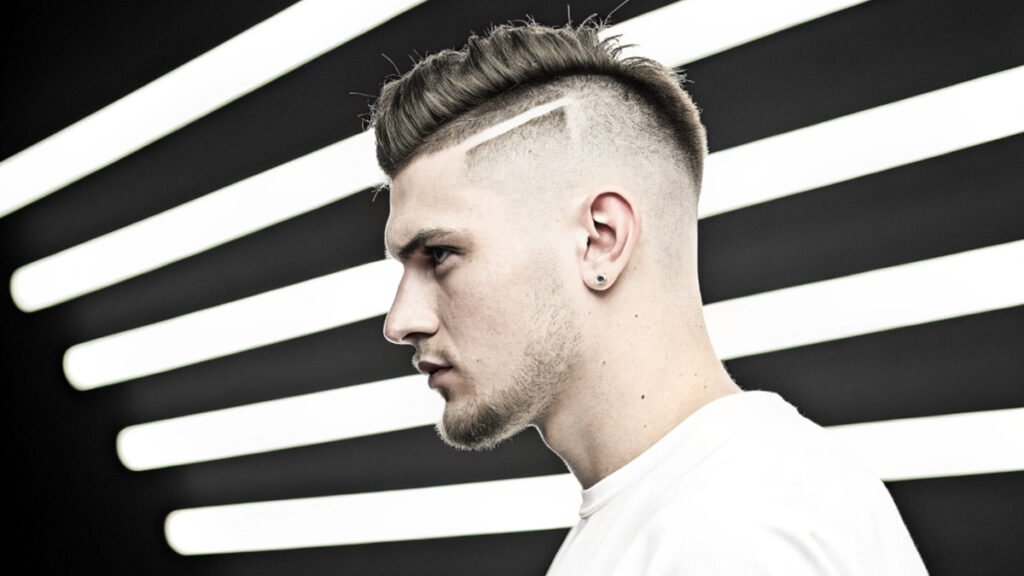
Maximum contrast creates dramatic visual impact. The sides fade completely to skin level before transitioning. This bold choice demands attention and confidence.
Strong hair growth patterns support this intensive style. Regular maintenance preserves the clean skin fade appearance. Bold personalities appreciate the striking contrast.
Maintenance Requirements:
- Weekly fade refreshing needed
- Daily moisturizing for faded areas
- Professional skill essential for execution
10. Textured Wave Mullet Fade
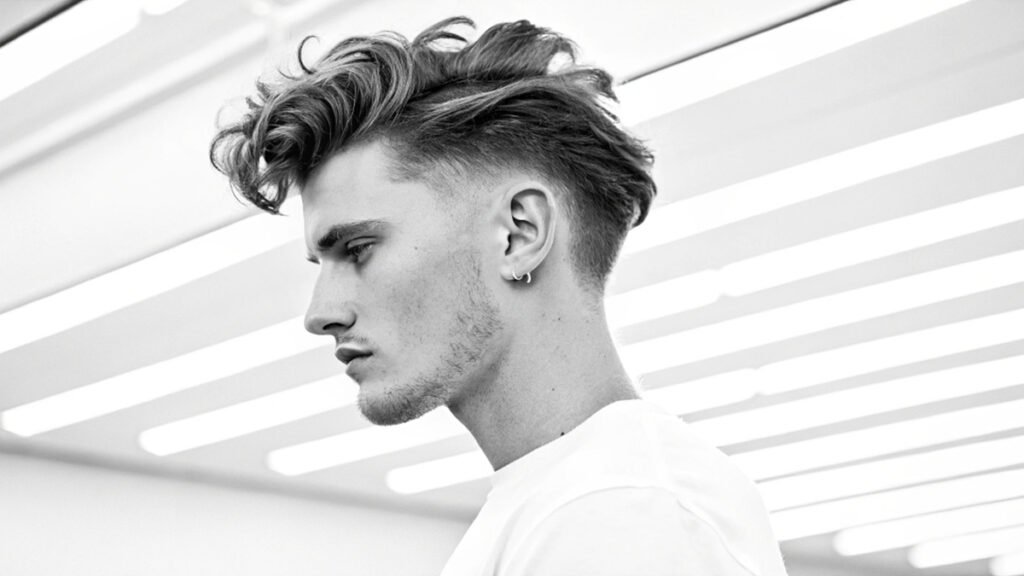
Natural wave patterns receive enhancement through strategic cutting. The waves add movement and dimension throughout the style. This approach works with natural hair patterns rather than against them.
Medium to thick hair with natural wave responds best. The texture reduces daily styling time requirements. Beach-inspired aesthetics appeal to many style-conscious individuals.
Wave Enhancement:
- Sea salt spray for natural texture
- Scrunching techniques during drying
- Avoid over-brushing to preserve waves
11. Short Mullet Fade
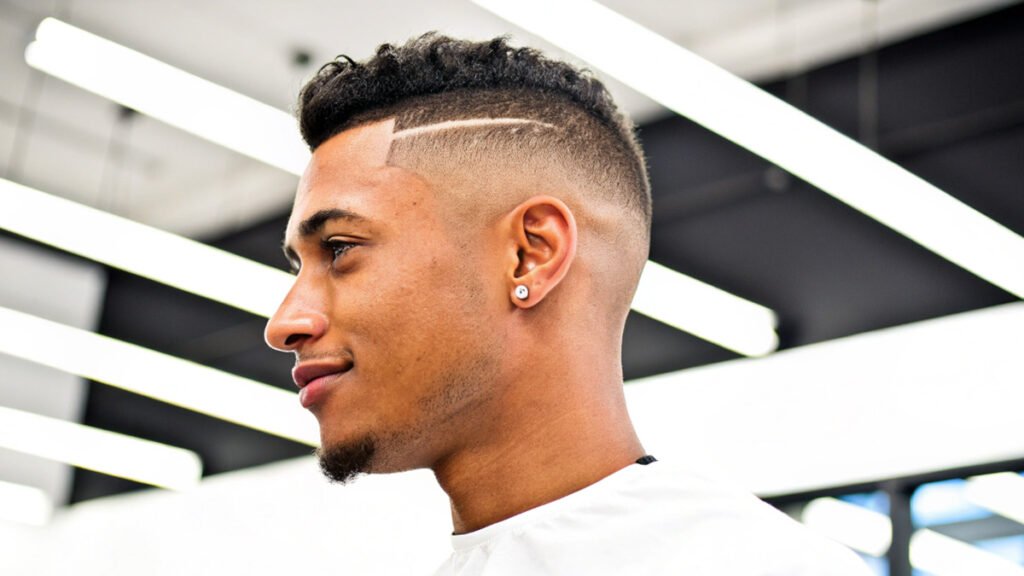
Conservative length interpretation maintains the essential mullet shape. Shorter proportions suit professional environments while preserving style identity. This approach tests the waters without major commitment.
New mullet enthusiasts often start with shorter versions. Professional settings accept the subtle length differences. Easy maintenance appeals to busy lifestyles.
Beginner Advantages:
- Lower commitment level for newcomers
- Professional environment compatibility
- Simple daily styling routines
12. Mohawk Mullet Fade
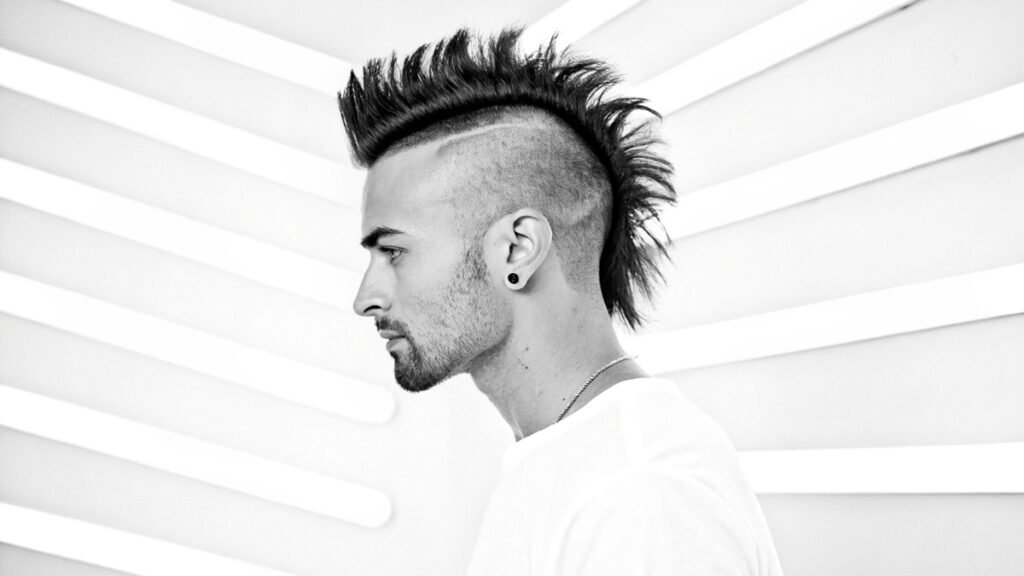
Bold central strip combines two iconic rebellious styles. The mohawk flows into traditional mullet proportions. This fusion creates maximum visual impact and personal expression.
Musicians, artists, and creative professionals embrace this dramatic option. The style demands confidence and bold personality traits. Alternative fashion communities appreciate this boundary-pushing approach.
Style Characteristics:
- Central hair strip maintained at longer length
- Clean-faded sides create sharp contrast
- Bold personal statement through hair
13. Layered Mullet Fade
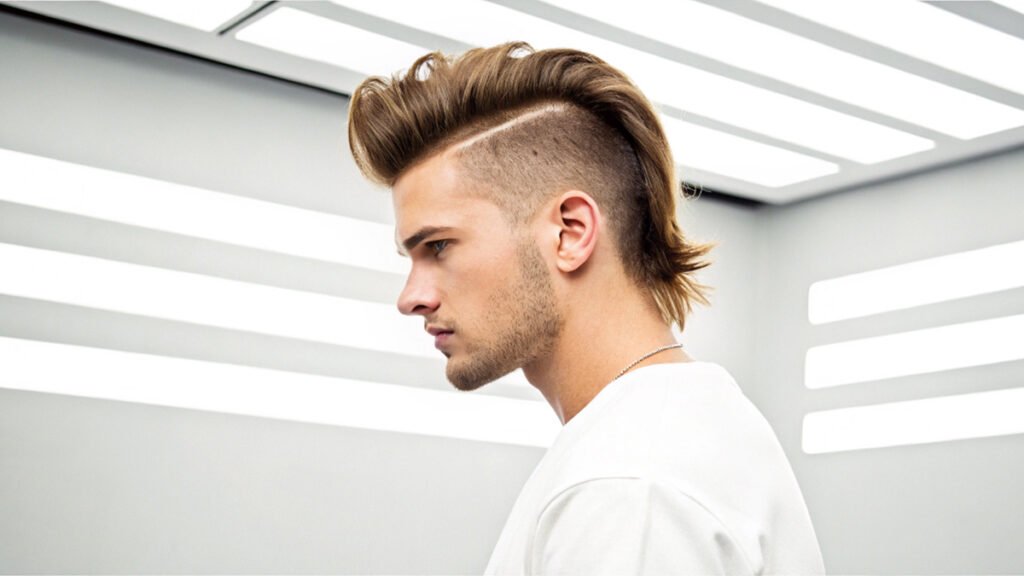
Strategic layering adds depth and movement throughout the cut. Multiple length levels create dynamic visual texture. Professional cutting techniques achieve seamless layer integration.
Thick hair benefits significantly from strategic layering. The layers prevent overwhelming bulk while maintaining style integrity. Movement and flow improve with proper layer placement.
Layering Benefits:
- Enhanced movement and flow
- Reduced bulk in thick hair
- Increased styling versatility
14. Disconnected Mullet Fade
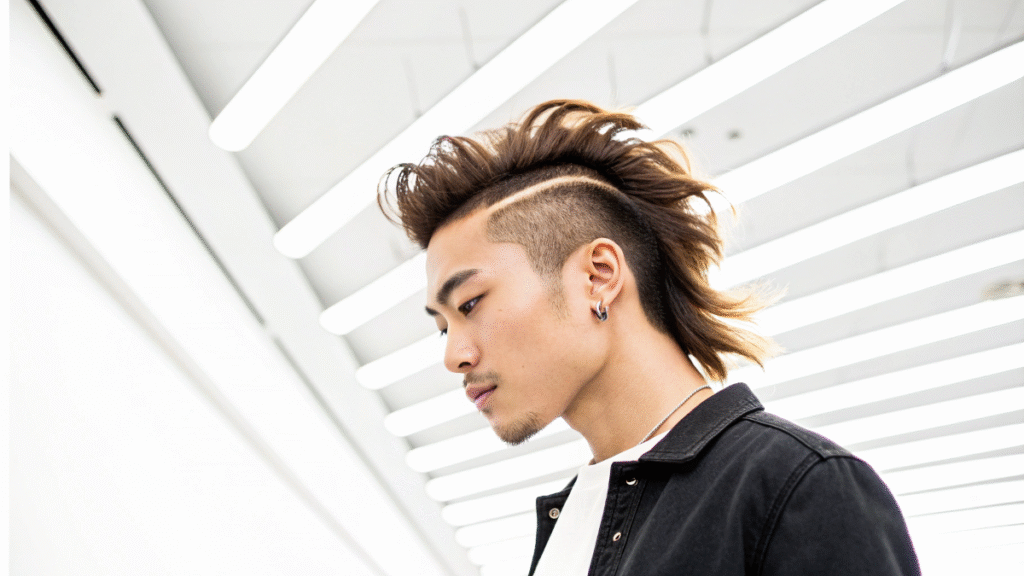
Sharp contrast lines replace smooth transitions. The top and sides maintain distinct separation without blending. This modern approach emphasizes geometric precision.
Avant-garde fashion enthusiasts appreciate the bold disconnected aesthetic. Strong facial features complement the sharp contrast lines. Contemporary barbering techniques achieve precise disconnection.
Design Elements:
- Sharp transition lines instead of blends
- Geometric precision in cutting
- Modern barbering technique application
15. Long Mullet Fade
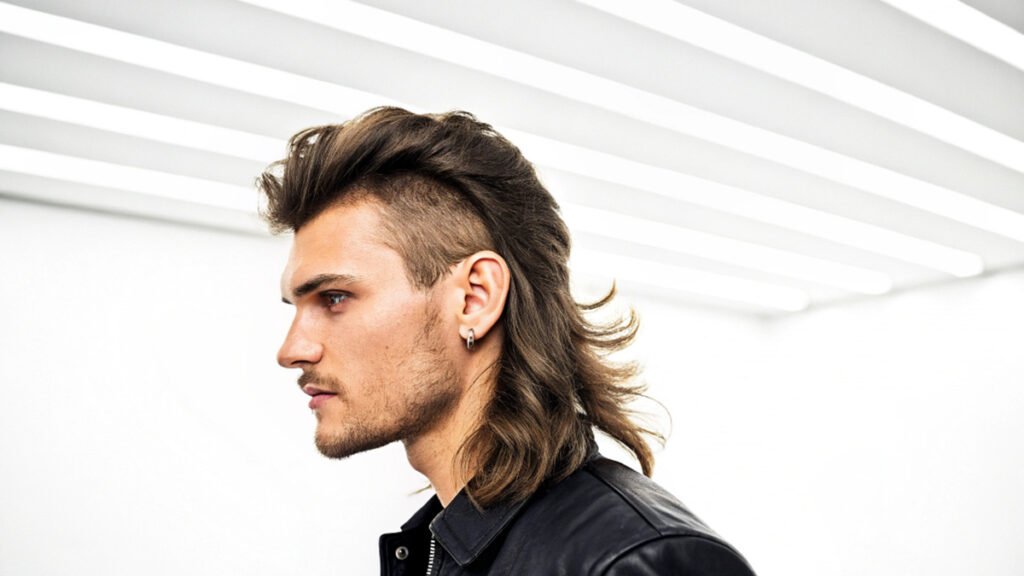
Extended back length creates maximum drama and presence. The contrast between short sides and long back reaches its peak. This bold choice demands attention and maintenance commitment.
Confident individuals who enjoy being noticed choose this dramatic option. The length requires additional care and styling time. Special occasions showcase this impressive style effectively.
Maintenance Considerations:
- Extended styling time requirements
- Specialized hair care for length
- Regular professional maintenance essential
16. Mid Fade Mullet
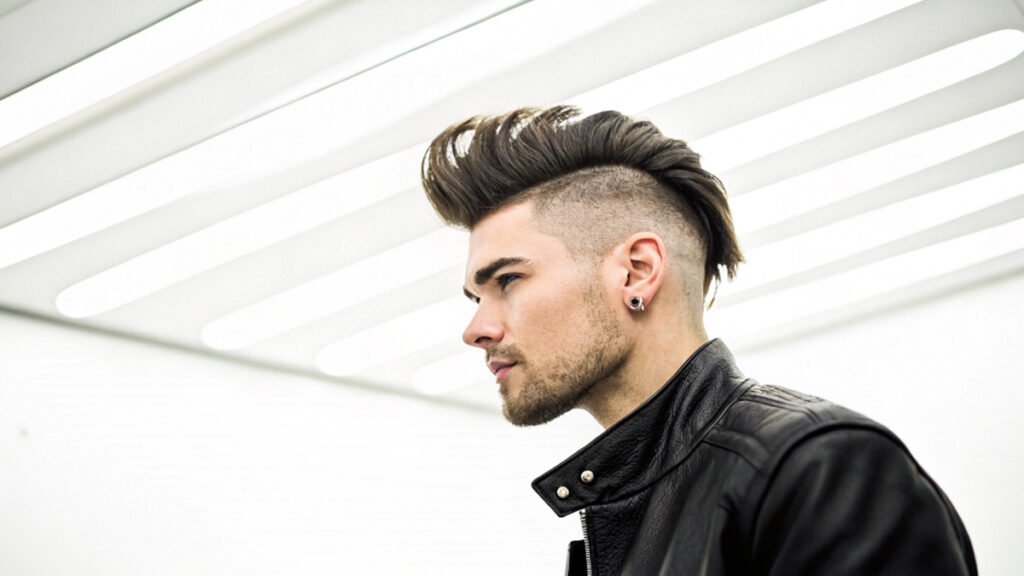
Balanced fade placement offers moderate contrast levels. The fade begins at the middle ear area, creating versatile appeal. This option bridges conservative and bold styling approaches.
Versatile face shapes accommodate mid fade placement well. The moderate contrast suits various personal styles. Professional and casual settings both accept this balanced approach.
Versatility Features:
- Moderate contrast appeals to many
- Professional and casual compatibility
- Balanced proportions suit most face shapes
17. Razor Fade Mullet
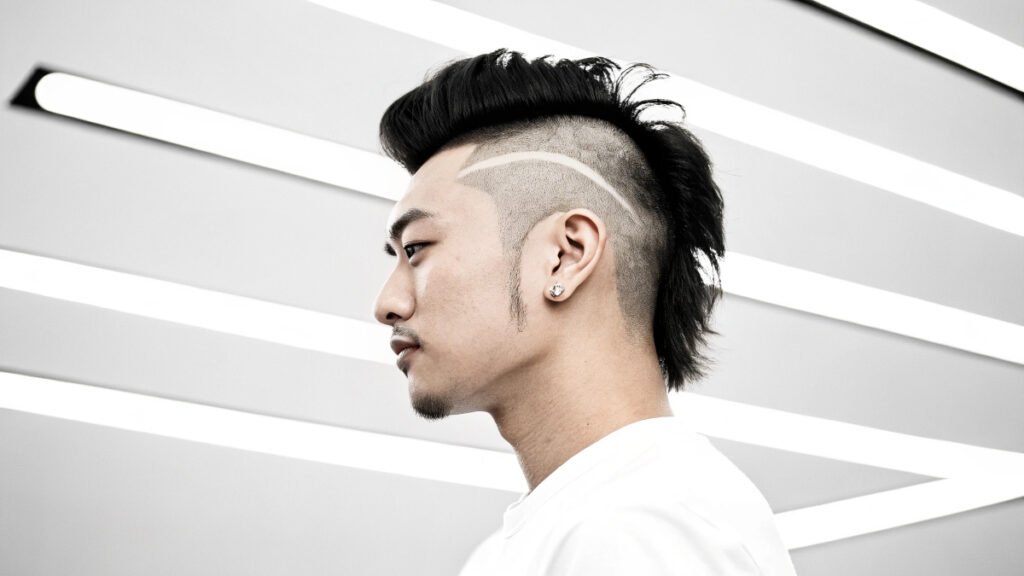
Precision razor techniques create ultra-clean fade lines. The sharp tool produces smooth transitions and defined edges. Professional execution ensures optimal results.
Clean aesthetic preferences benefit from razor precision. The technique requires skilled professional application. Smooth skin feel distinguishes razor fades from clipper cuts.
Razor Advantages:
- Ultra-smooth fade transitions
- Clean, precise edge definition
- Professional skill requirement ensures quality
18. Platinum Mullet Fade
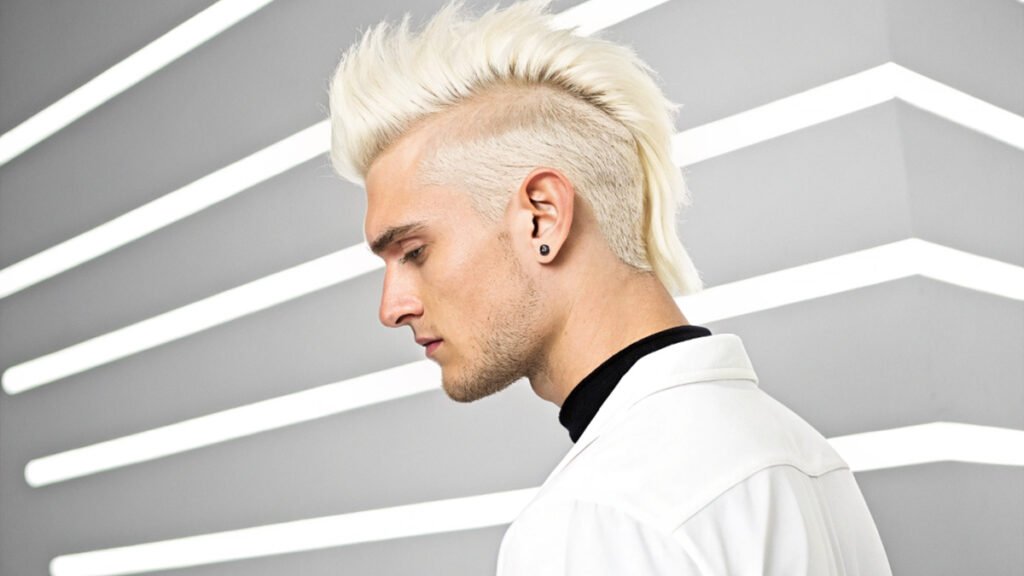
Bold color choices enhance the dramatic styling effect. Platinum blonde creates striking contrast with natural hair colors. This approach combines cutting-edge style with color artistry.
Fashion-forward individuals embrace bold color statements. The platinum shade requires professional color application and maintenance. Creative industries often welcome such expressive choices.
Color Considerations:
- Professional color application essential
- Regular maintenance preserves vibrant appearance
- Hair health requires special attention
19. Undercut Mullet Fade
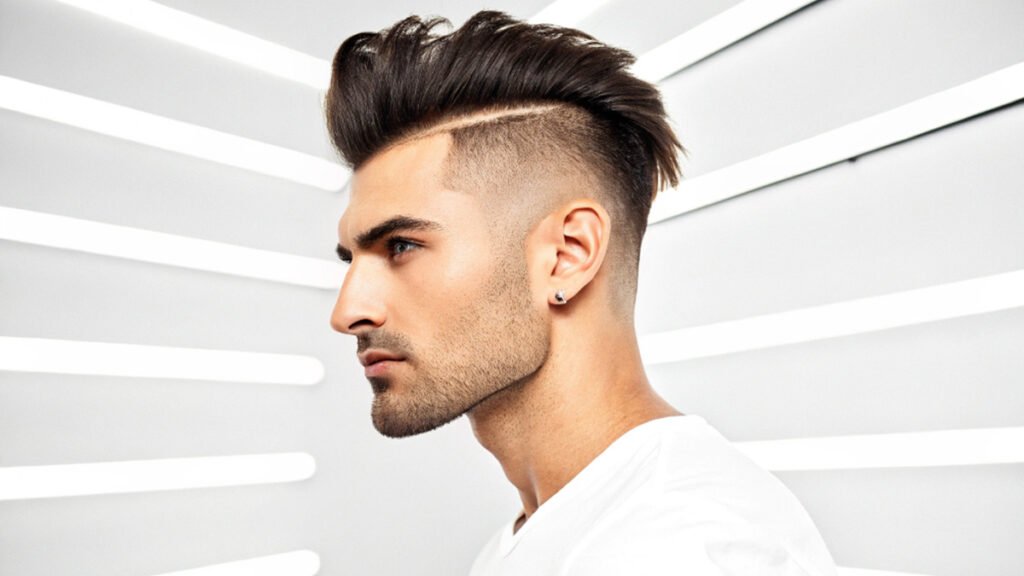
Sharp undercut lines create defined separation zones. The technique removes hair completely in specific areas. This approach maximizes contrast and visual impact.
Bold style preferences appreciate the sharp undercut definition. The technique requires precision and skill for optimal results. Maintenance schedules become more frequent with undercuts.
Undercut Features:
- Sharp definition between sections
- Maximum contrast achievement
- Frequent maintenance requirements
20. Messy Mullet Fade
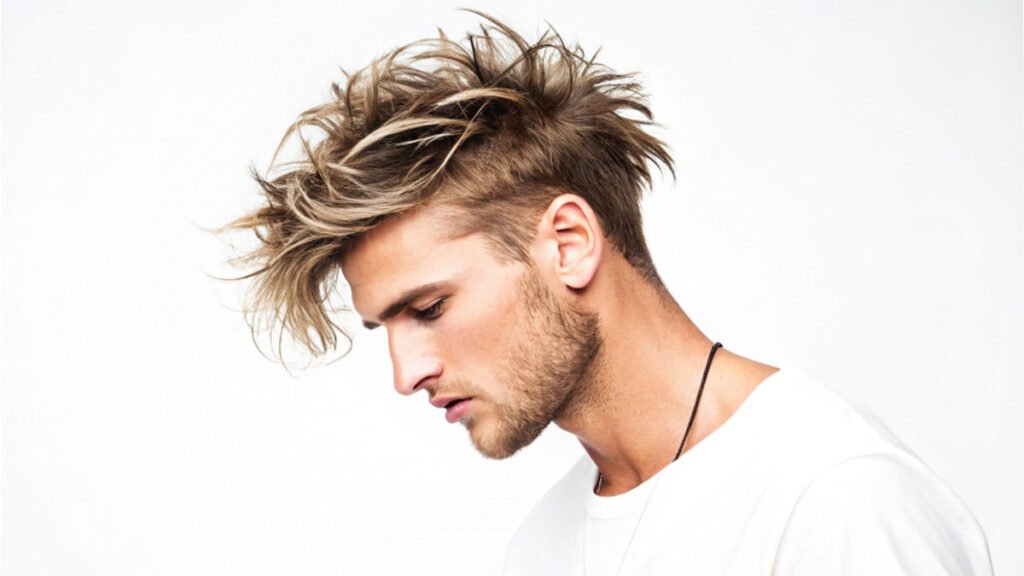
Intentional dishevelment creates effortless cool aesthetics. Strategic messiness requires skill to achieve properly. The casual appearance conceals technical precision requirements.
Relaxed personal styles benefit from controlled messiness. The effortless look actually requires thoughtful execution. Casual environments appreciate this laid-back approach.
Styling Approach:
- Controlled messiness requires technique
- Effortless appearance conceals complexity
- Casual styling suitable for relaxed environments
21. Side-Swept Mullet Fade
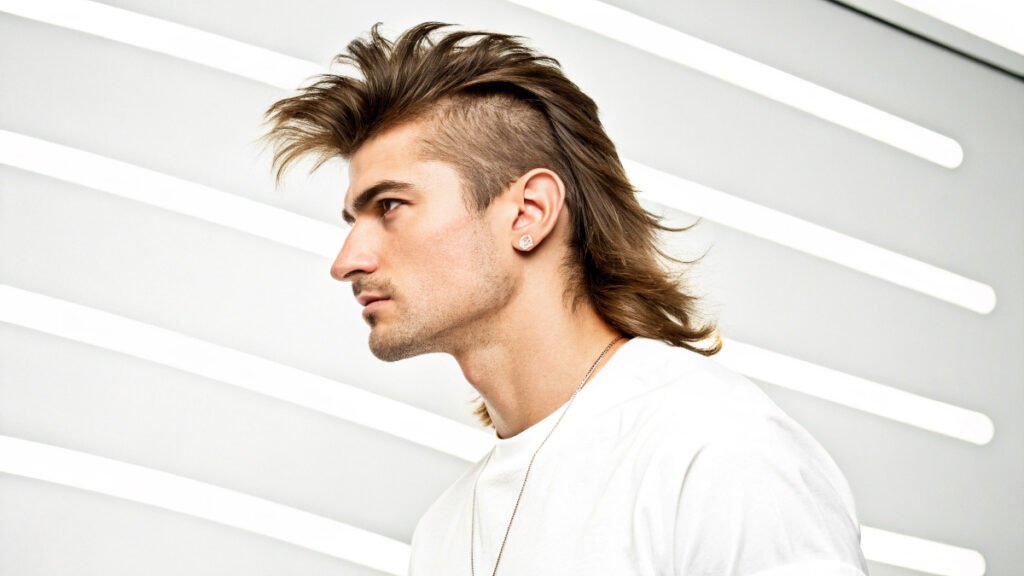
Directional styling adds sophistication to the classic shape. Hair flows to one side, creating asymmetrical visual interest. This approach softens the traditional mullet boldness.
Professional environments accept the refined directional styling. The side-swept element adds elegance while maintaining edge. Formal occasions accommodate this sophisticated interpretation.
Directional Benefits:
- Professional environment acceptance
- Sophisticated aesthetic appeal
- Formal occasion compatibility
22. Thick Mullet Fade
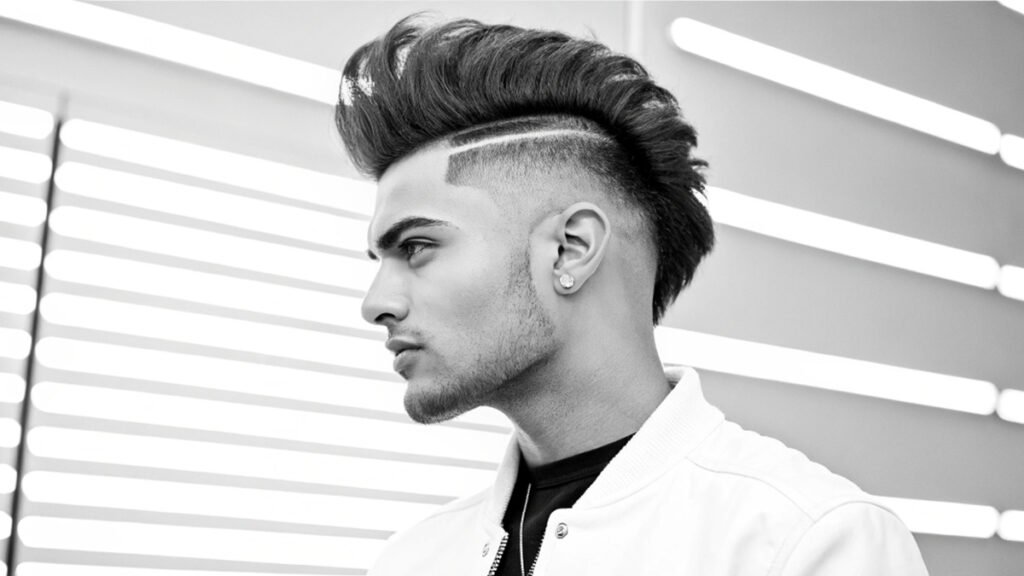
Dense hair textures showcase volume and presence effectively. The thickness creates natural body and movement. This style celebrates abundant hair rather than fighting it.
Naturally thick hair types benefit from specialized cutting techniques. The approach works with natural density rather than reducing it. Volume becomes an asset rather than a challenge.
Thick Hair Advantages:
- Natural volume enhancement
- Density becomes style asset
- Specialized cutting techniques optimize thickness
23. Caesar Mullet Fade
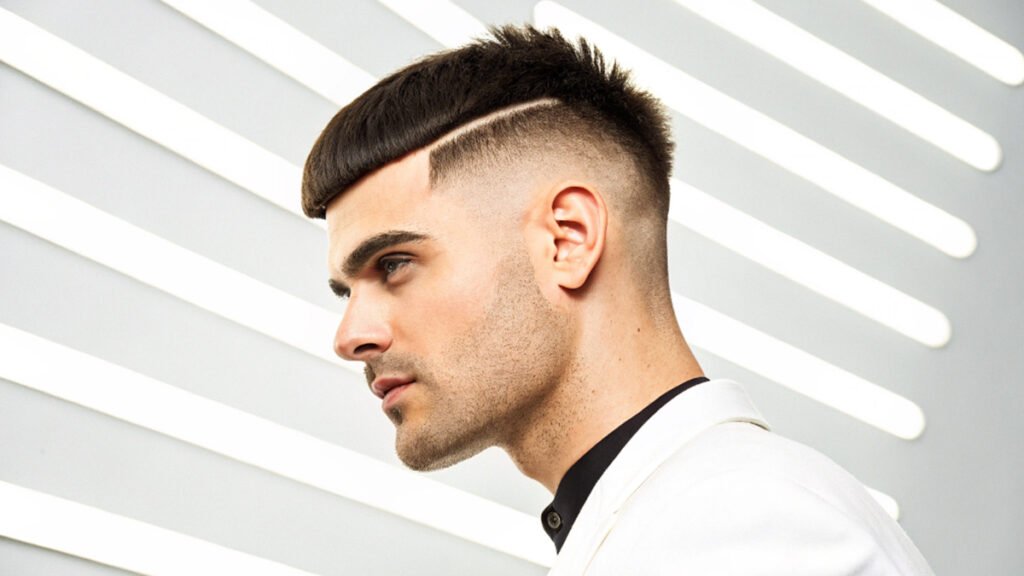
Forward-styled top section combines with traditional mullet proportions. The Caesar influence adds classic Roman inspiration. This fusion creates unique historical and contemporary blend.
Classic style appreciation meets modern edge in this combination. The forward-styled top contrasts with the longer back sections. Historical references appeal to style-conscious individuals.
Historical Fusion:
- Classic Caesar top styling
- Traditional mullet back proportions
- Historical and contemporary element combination
24. Pompadour Mullet Fade
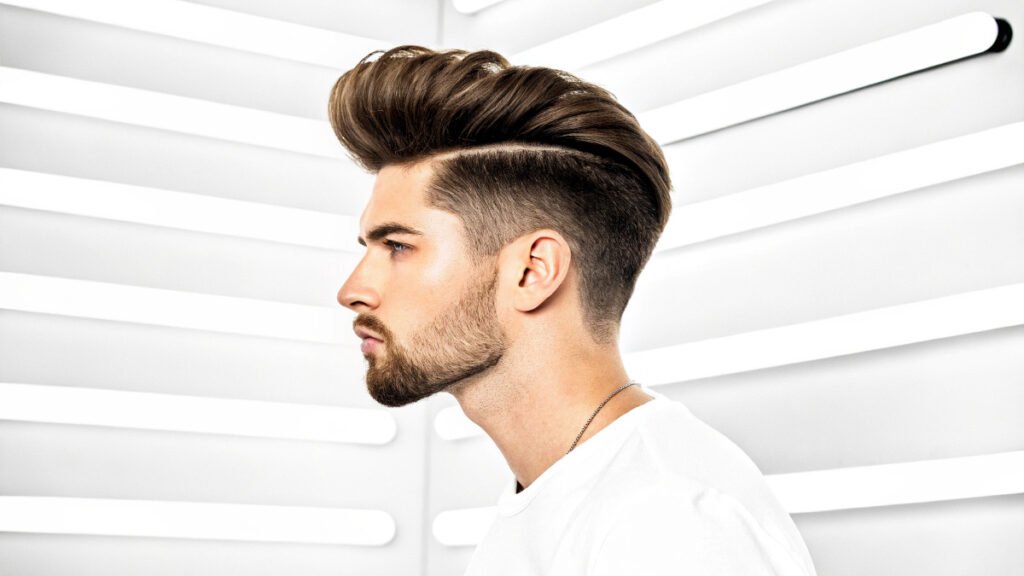
Elevated front height combines with mullet back length. The pompadour adds formal elegance to edgy styling. This sophisticated fusion works for special occasions.
Formal events accommodate the elevated front styling. The combination creates versatile formal and casual appeal. Height and length create dramatic proportions.
Elegant Combination:
- Formal front elevation styling
- Edgy back length maintenance
- Special occasion versatility
25. Shag Mullet Fade
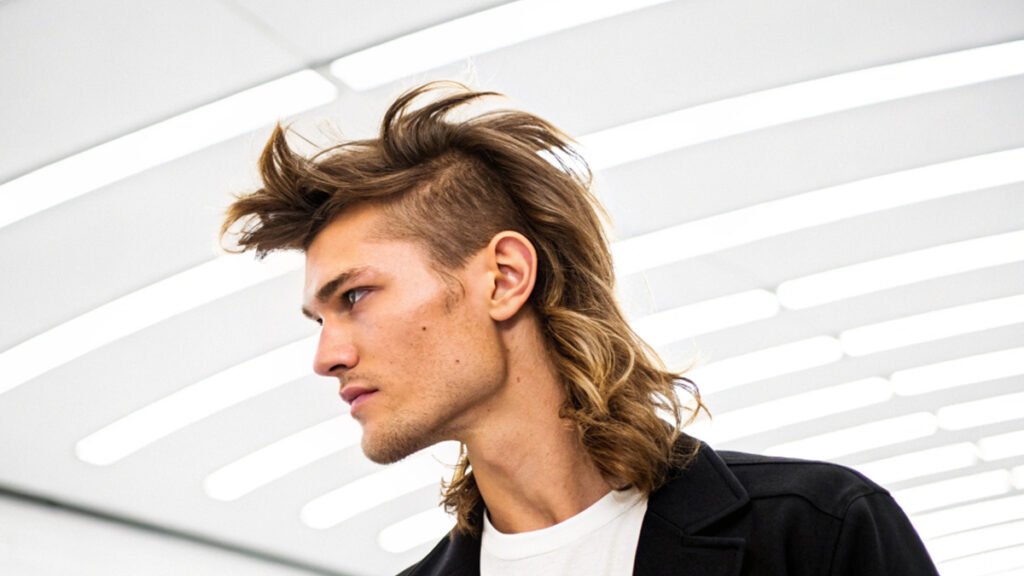
Layered shag elements enhance movement and texture. Multiple length levels create dynamic visual interest. This approach maximizes hair movement and natural flow.
Fine hair benefits from the volume-enhancing layered approach. The shag elements add perceived thickness and body. Movement and texture become primary style features.
Shag Integration:
- Enhanced movement through layering
- Volume addition for fine hair
- Dynamic texture creation
Professional Cutting Techniques
Master barbers employ specific methods to achieve optimal mullet fade results. Precision becomes essential for seamless transitions between length zones. Professional training ensures consistent quality outcomes.
Essential Cutting Steps:
Hair preparation begins with thorough washing and sectioning. Clean hair allows accurate length assessment and precise cutting. Strategic sectioning isolates different areas for focused attention.
Clipper guard selection determines fade intensity and transition smoothness. Professional barbers start with longer guards and gradually decrease sizes. This methodical approach ensures smooth gradient creation.
Blending techniques require advanced skills and experience. Master barbers use various clipper movements and angles. Hand positioning affects the final result quality significantly.
Quality Control Measures:
Professional consultation precedes any cutting procedure. Barbers assess face shape, hair texture, and lifestyle requirements. This evaluation determines the optimal style variation.
Progress monitoring ensures satisfactory results throughout the cutting process. Regular checks prevent irreversible mistakes and maintain client satisfaction. Professional standards demand consistent quality delivery.
Celebrity Style Influences
High-profile adoptions drive mainstream acceptance and popularity. Entertainment industry figures showcase various style interpretations. Sports personalities demonstrate the cut’s versatility across different contexts.
Entertainment Industry Impact:
Musical artists frequently experiment with bold styling choices. Their public appearances influence millions of fans worldwide. Album releases and tours provide platforms for style showcase.
Television and film personalities reach diverse audiences through their work. Character styling often introduces new trends to mainstream culture. Red carpet events highlight formal styling possibilities.
Athletic Community Adoption:
Professional athletes demonstrate the style’s practical benefits. Active lifestyles require low-maintenance yet stylish options. Sports media coverage amplifies visibility and acceptance.
Team sports showcase the cut’s compatibility with helmet requirements. Individual sports allow more dramatic styling expressions. Athletic endorsements influence youth culture significantly.
Advanced Styling Techniques
Professional styling elevates basic cuts into sophisticated presentations. Product selection affects both appearance and longevity. Application methods determine the final result quality.
Product Categories:
Holding Products: Pomades provide flexible hold with natural shine. Waxes offer stronger hold for structured styles. Gels create maximum hold for dramatic presentations.
Texturizing Products: Sea salt sprays enhance natural texture and movement. Texturizing powders add volume and grip. Mousse products provide lift and body for fine hair.
Finishing Products: Hairsprays lock styles in place throughout the day. Shine serums add gloss and smoothness. Heat protectants preserve hair health during styling.
Application Methods:
Product distribution affects style longevity and appearance. Even application prevents patchy or unnatural results. Proper amounts avoid overloading or understyling.
Heat styling requires protective products and proper techniques. Temperature control prevents damage while achieving desired results. Professional tools produce superior outcomes compared to consumer equipment.
Hair Health and Maintenance
Regular maintenance preserves both style integrity and hair health. Professional services complement home care routines effectively. Preventive measures reduce long-term damage and styling difficulties.
Professional Maintenance Schedule:
Fade refreshing requires regular professional attention. Clean fade lines disappear within two to three weeks. Professional touch-ups maintain the sharp contrast essential to the style.
Length trimming prevents split ends and maintains shape integrity. Back sections require attention every four to six weeks. Professional assessment determines optimal trimming schedules.
Home Care Routines:
Daily cleansing removes product buildup and environmental pollutants. Gentle shampoos preserve natural oils while maintaining cleanliness. Over-washing strips essential moisture and causes dryness.
Conditioning treatments restore moisture and improve manageability. Focus application on longer sections that receive more manipulation. Leave-in treatments provide ongoing protection and hydration.
Damage Prevention:
Heat protection becomes essential when using styling tools. Professional-grade protectants shield hair from thermal damage. Temperature moderation prevents excessive heat exposure.
Chemical treatments require professional consultation and application. DIY coloring attempts often result in damage and unsatisfactory results. Professional colorists ensure both safety and aesthetic success.
Face Shape Compatibility
Different face shapes benefit from specific style modifications. Professional consultation determines optimal proportions and emphasis points. Strategic styling enhances natural features while minimizing concerns.
Oval Face Shapes:
Oval faces accommodate most mullet fade variations successfully. The balanced proportions work with various contrast levels. Length and volume adjustments enhance natural symmetry.
Round Face Shapes:
Height and angles counteract round face width. High fades create vertical lines that elongate appearance. Burst fades add perceived height through radiating patterns.
Square Face Shapes:
Soft layers balance strong angular features. Textured styling reduces harsh geometric appearance. Side-swept elements add movement and soften rigid lines.
Long Face Shapes:
Width addition through side volume balances elongated proportions. Lower fade placements prevent excessive height emphasis. Horizontal styling elements create width illusion.
Hair Texture Considerations
Different hair textures require specialized cutting and styling approaches. Natural characteristics influence both style selection and maintenance requirements. Professional assessment determines optimal techniques for each texture type.
Straight Hair Textures:
Straight hair showcases clean lines and precise geometric shapes. The texture highlights fade transitions and length contrasts. Styling products add texture and movement to naturally smooth hair.
Wavy Hair Textures:
Natural waves enhance movement and visual interest. The texture works with rather than against the style’s flowing elements. Enhanced wave patterns create organic, effortless appearances.
Curly Hair Textures:
Curl patterns add natural volume and texture. The approach celebrates rather than fights natural characteristics. Specialized cutting techniques optimize curl formation and definition.
Coarse Hair Textures:
Dense, coarse hair requires different cutting techniques and product selections. The texture provides natural hold and body. Specialized approaches prevent overwhelming bulk while maintaining style integrity.
Workplace Considerations
Professional environments influence style selection and maintenance requirements. Conservative settings require subtle approaches while creative industries allow bold expressions. Understanding workplace culture prevents style conflicts.
Corporate Environments:
Traditional business settings favor conservative interpretations. Subtle length differences maintain professional appearance standards. Classic styling approaches ensure workplace acceptance.
Creative Industries:
Artistic environments encourage personal expression through styling. Bold color choices and dramatic contrasts gain acceptance. Creative professionals often lead style trends within their communities.
Service Industries:
Customer-facing roles require balance between personality expression and professional presentation. Moderate styling approaches maintain both personal identity and workplace appropriateness.
Seasonal Styling Adaptations
Weather conditions affect both styling requirements and product selections. Seasonal changes necessitate routine adjustments and product modifications. Professional guidance helps navigate seasonal transitions.
Summer Considerations:
Humidity affects product performance and style longevity. Lightweight products prevent heaviness in warm weather. Moisture control becomes essential in humid conditions.
Winter Adaptations:
Dry air requires increased moisture and protection. Heavier products provide necessary hydration and protection. Static control becomes important in low-humidity environments.
Cost and Investment Considerations
Professional services require financial investment for optimal results. Quality varies significantly between service providers and price points. Long-term costs include both initial styling and ongoing maintenance.
Initial Investment:
Professional consultation and cutting services establish the foundation. Skilled barbers command higher fees but deliver superior results. Initial costs include both service fees and recommended home care products.
Ongoing Maintenance:
Regular professional services maintain style integrity and appearance. Maintenance frequency affects long-term investment requirements. Home care products and tools represent additional ongoing costs.
Value Optimization:
Quality service providers deliver better value through superior results and longevity. Proper maintenance extends time between professional services. Investment in quality tools and products improves home styling results.
Future Trends and Evolution
Style evolution continues as new techniques and influences emerge. Professional education advances cutting methods and creative possibilities. Social media accelerates trend development and global style sharing.
Technical Innovations:
Advanced cutting tools improve precision and efficiency. New product formulations enhance styling capabilities and hair health. Professional education programs elevate industry standards continuously.
Cultural Influences:
Global style sharing accelerates trend development and adoption. Cross-cultural influences create unique fusion approaches. Social movements influence acceptable workplace and social styling norms.
Sustainability Considerations:
Environmental awareness affects product selection and salon practices. Sustainable ingredients and packaging gain importance in product development. Eco-conscious consumers influence industry practices and offerings.
Final Recommendations
The mullet fade represents a sophisticated fusion of classic and contemporary elements. Success requires professional execution, appropriate style selection, and committed maintenance. Personal lifestyle, workplace requirements, and maintenance capabilities influence optimal style choices.
Professional consultation ensures compatibility between personal preferences and practical requirements. Skilled execution establishes the foundation for long-term satisfaction. Committed maintenance preserves both style integrity and hair health.
This versatile style accommodates various personalities, lifestyles, and professional requirements. The numerous variations provide options for conservative and bold preferences alike. Proper care and maintenance ensure lasting satisfaction with this contemporary classic.
